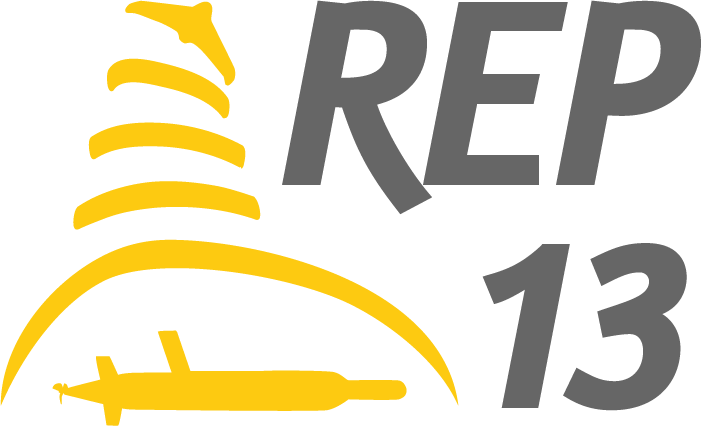During this day we were expecting to operate on the Setúbal harbor entrance, but the weather conditions forced us to change our plans. The dense morning fog didn't allow for safe maneuvering inside the channel, so we decided to stay close to Sesimbra for the last day tests. In this setting, the AUVs were subjected to navigational endurance tests. These consisted in running underwater for several kilometers without LBL aiding, and relying on the inertial navigation system.
The first two runs were performed at constant 14 meters depth, and allowed for a multibeam sonar area reconnaissance. The first pass made the Noptilus 1 run 4.5 km, while the second consisted in a 2.5 km run followed by an underwater plan change for another 2.5 km. Both runs
were successful.
A third and final run was performed at the end the afternoon. Based on the bathimetry information from the previous runs, the depth was changed to 24 meters for sidescan sonar surveying. Sidescan surveying at constant depth is not common practice, as it poses some danger to the vehicle, but it would allow for a very stable survey. Unfortunately, and due to a small deviation from the intended path, the vehicle got stranded in a fishing net, floating 1.5m from the bottom. This happened about 2 km from the start of the survey. The Navy divers team was dispatched to recover the vehicle, which happened successfully at the end of the day.
Despite the troublesome ending, the final endurance assessment is very positive. The AUV successfully performed 12 km worth of surveying on a single battery charge.
On the UAV side, the T-REX behaviors were tested on their single flight for the day.
Once the operations ended, all the equipment was properly stowed for transit. The NRP Bacamarte would return to the Naval Base on the next day, where it would be unloaded.








